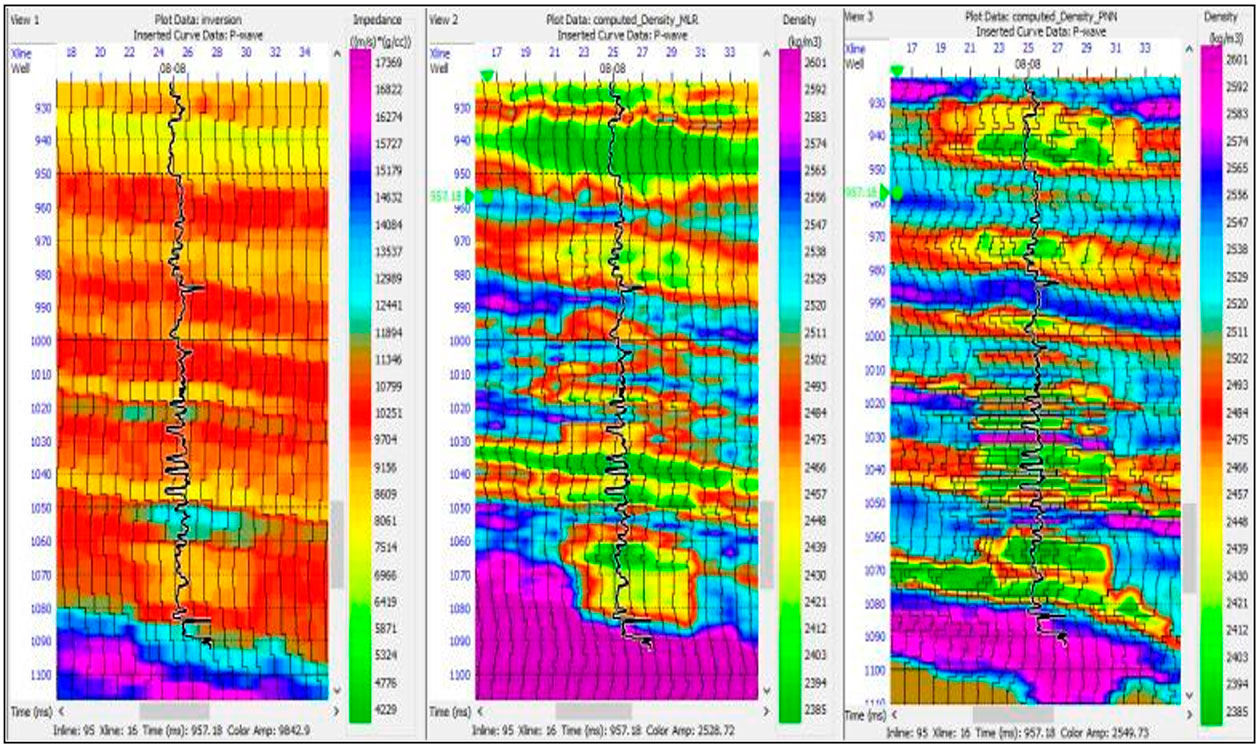Abstract
Although the theory of neural networks, or machine learning as it is now more commonly called, dates back to the backpropagation algorithm of the 1980’s, it is only recently that the computer hardware has caught up to the algorithms, turning the promise of machine learning into reality. There has therefore been a reawakening of interest in neural networks and machine learning in every field of endeavor. The purpose of the talk is to look at the basic algorithms used in machine learning and show how these algorithms can be applied in a practical way to petroleum exploration problems, especially in the area of exploration seismology. Examples come from various basins around the world, with the emphasis being on the Western Canadian Sedimentary Basis (WCSB) in Alberta. As an example, Figure 1 below shows various approaches to locating a sand channel on a seismic section taken from a 3D seismic volume, with a well log superimposed. The image in the left-hand panel shows a typical seismic inversion for impedance, which is the product of density and velocity, where the yellow zone at the bottom of the log shows the channel. In the middle panel we have transformed to density using multi-linear regression from seismic attributes, and in the right panel we have used a newer deep neural network. Notice the increase in detail as you go from left to right in the figure.

Biography
Brian Russell holds a B.Sc. from the University of Saskatchewan, a M.Sc. from Durham University, U.K., and a Ph.D. from the University of Calgary, all in geophysics. He joined Chevron in Calgary as an exploration geophysicist in 1975 and subsequently worked for Teknica and Veritas before co-founding HampsonRussell Software with Dan Hampson in 1987. HampsonRussell is now a subsidiary of CGG, where Brian is Vice President, GeoSoftware. Brian is involved in the research of new AVO, rock physics, inversion and seismic attribute techniques as well as giving presentations and courses throughout the world. Brian is a Past-President of both SEG and CSEG and has received Honorary Membership from both societies. He also received the Cecil Green Enterprise Award from SEG (jointly with Dan Hampson) and the CSEG Medal. Brian is an Adjunct Professor in the Department of Geoscience at the University of Calgary and registered as a Professional Geophysicist (P.Geoph.) in Alberta.





